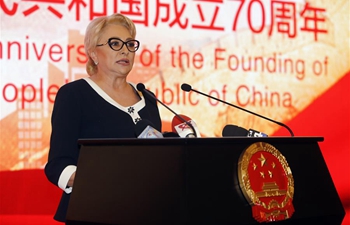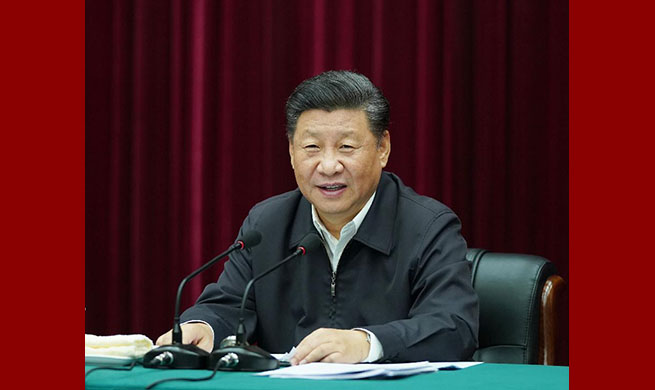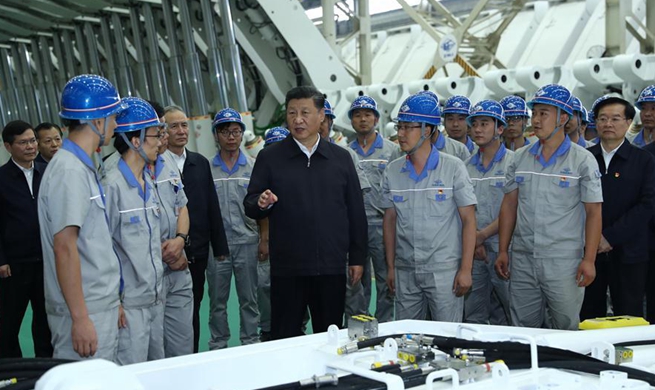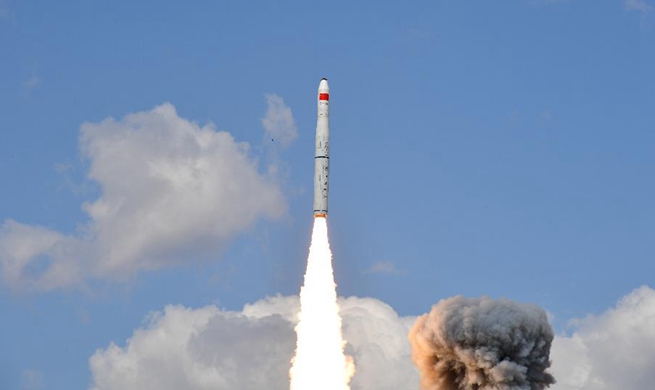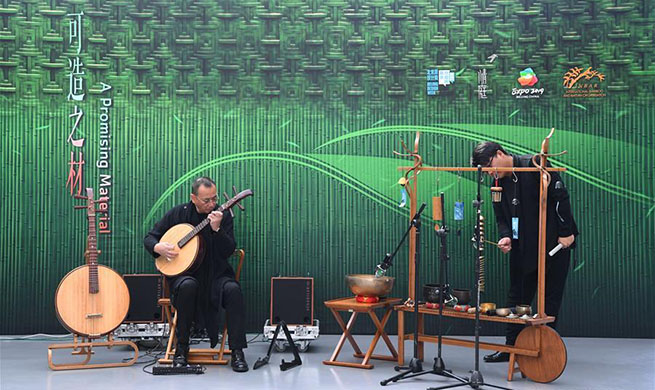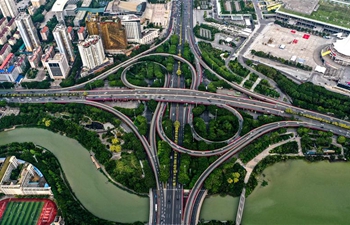BEIJING, Sept. 20 (Xinhua) -- Economic powerhouses in Latin America are reaching out to each other to seize new opportunities against a backdrop of growing uncertainties worldwide.
Brazil on Sept. 9 announced that it has formally begun negotiating a free trade deal with Mexico. Two days earlier, Brazil and Argentina signed an agreement for free trade in the automotive sector by 2029.
Such efforts also bear political significance as the deepening integration of the world's largest developing region could grant itself more say in international affairs.
BLAZING TRAILS
Latin America has gone through decades of ups and downs in its pursuit of political and economic independence, during which both left-and-right-wing parties on the continent contested for power.
The 1959 victory of the Cuban revolution highlighted how the region could have a say in its destiny. Four decades later, Panama's winning back of its Canal from the United States in 1999 attested that the dream of political autonomy finally came true.
Latin America is still trying to overcome the after-effects of U.S. colonial intervention on the eve of the 20th century to the 1950s, when any newly-found natural resource was quickly claimed by a flag of Stars and Stripes. Raw materials kept flowing to a clique of wealthy, industrialized countries, further enriching them at the expense of the real owners of the resources.
U.S. colonial practices had deeply wedged into almost every sector, making Latin America heavily reliant on raw material exports and harassed by increasing income gaps and social inequality.
In the shade of its powerful neighbor, Latin America kept striving to pursue industrialization, securing the 1950s-1980s a period of continuous growth, and improved economic diversification under the help of foreign technical and financial inflows.
Step by step, Brazil became Latin America's industrial forerunner, with an aerospace conglomerate Embraer ranking the third-largest producer of civil aircraft after Boeing and Airbus, while Argentina was able to serve its people with electricity from domestic nuclear plants, the first Latin American country to do so.
Chile, the world's largest producer of copper, excels as the first in the region to maintain decent household income levels. Gradual market-oriented reforms under proper government supervision, a transparent and effective administration and judicial system, an effective social security system and robust development of small and medium enterprises and foreign trade helped Chile advance, said Wu Feng, a macro-economy analyst at China's State Information Center.
Other countries in the region, however, still face a complex global economy, with slower growth expected in both the developed countries and emerging economies, according to the U.N. Economic Commission for Latin America and the Caribbean (ECLAC).
ENTER CHINA
Latin American economy has stumbled and stalled several times ever since the 1980s, with that of Argentina suffering the latest blow this year, in part due to ingrained conditions such as heavy reliance on export and foreign investment, ballooning debts, and a vast income gap. These internal conditions interplay with other forces like speculative outflow of foreign capital and, in earlier cases, economic sanctions.
Among external factors, the U.S.-initiated multi-front trade war plays a detrimental role. Washington's addiction to unilateral practices and trade-bully tactics keeps disrupting the global supply chain, causing collateral damage to major suppliers around the world, including Latin America.
This year, Mexico was coerced into a new trade deal in facing U.S. tariff threats, while conditions in Cuban and Venezuela were worsened by further economic and political sanctions.
Against this backdrop of growing uncertainties, Chile will host the 2019 Asia-Pacific Economic Cooperation (APEC) Economic Leaders' Meeting in November, and it hopes to send a clear message in support of a multilateral trading system, and free and open trade and investment while opposing protectionism.
To maintain its economic momentum, Latin American countries like other developing countries are in urgent need of more productive dialogue and cooperation, including strengthening South-to-South cooperation with China. In recent years, the Asian country has become the largest trade partner and third-largest source of foreign investment for the region, benefiting different peoples on the continent.
Mutual beneficial cooperations between China and Latin America made headway in traditional fields like minerals and food trade and saw growing cooperation in new realms such as telecommunications, ride-hailing business, and modern agriculture.
China also provides capital and technical assistance to promote physical, economic and trade integration in the region, unleashing the latter's growth potential, according to Victor Alvarez, a Venezuelan economist.
China can nurture sustainable growth and uphold policy certainties for years, thanks to a development path in line with its national conditions, said Severino Cabral, one of the first Brazilian scholars to study China.
"Only by finding the right path can you continue to develop," said Severino Cabral, chairman of the Brazilian Institute for China and Asia Pacific Studies noting that the achievements China has scored today have provided important inspiration to developing countries in seek of their own paths to growth.




